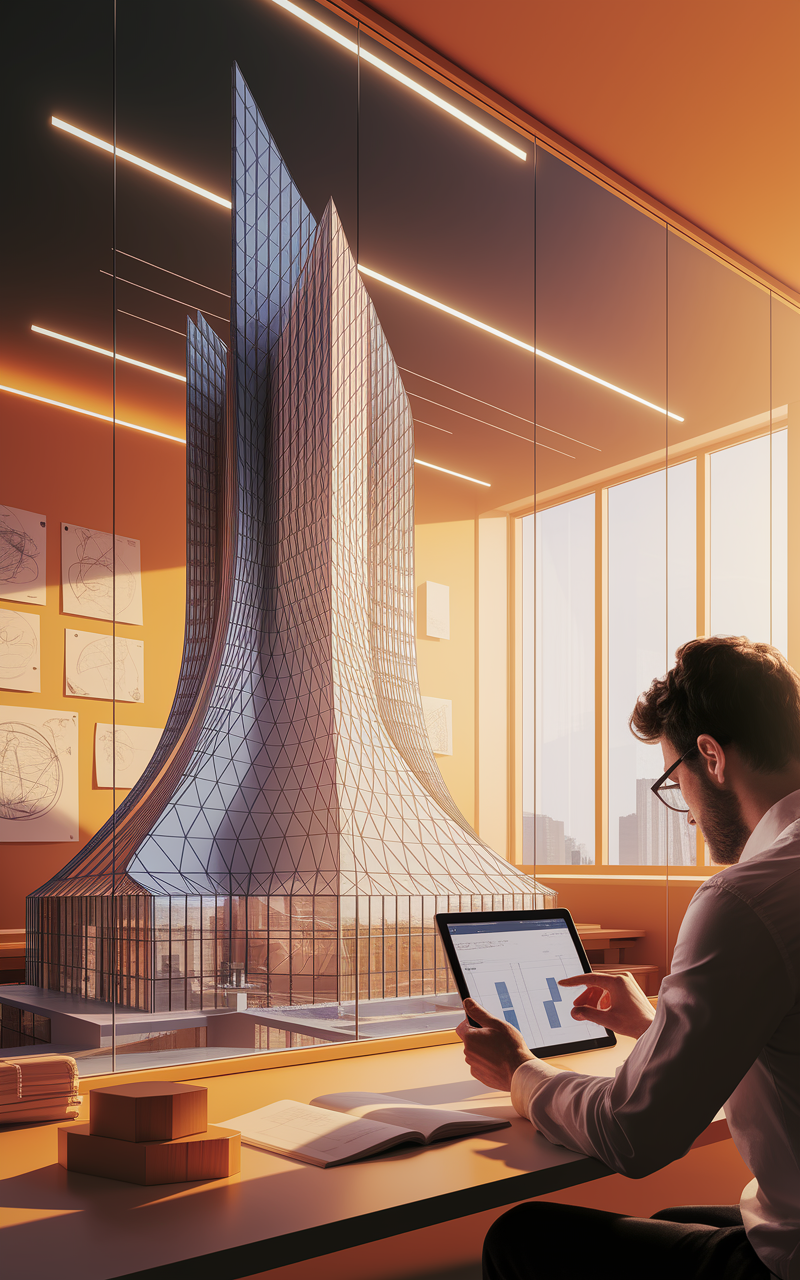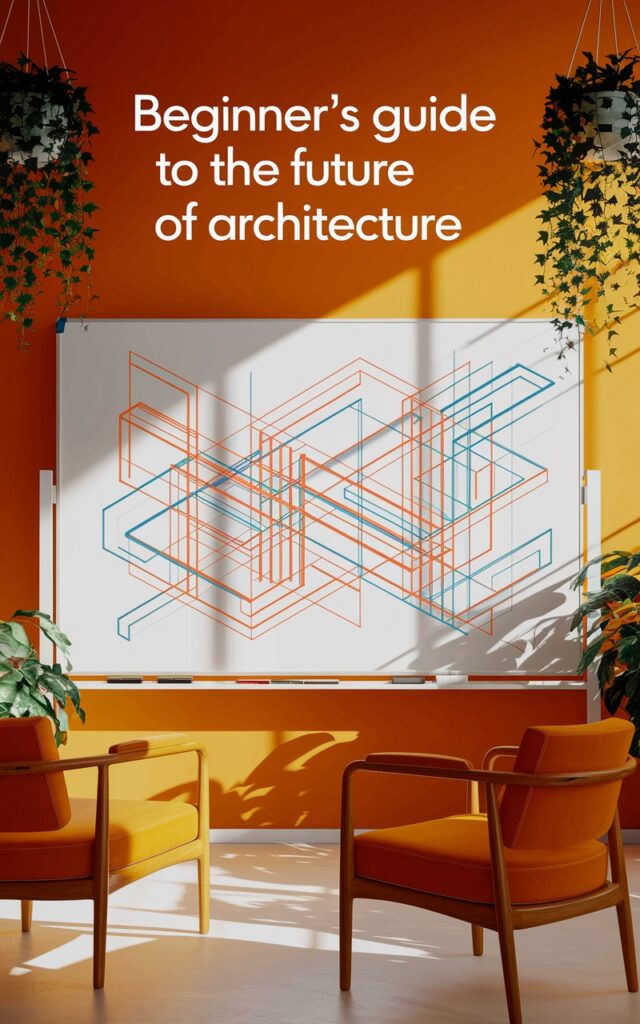Imagine a world where buildings twist like strands of DNA, where facades ripple like ocean waves, and where every curve, angle, and material is optimized for beauty, efficiency, and sustainability. This isn’t science fiction—it’s the reality of parametric design. A revolution in architecture and engineering, parametric design is breaking the chains of traditional construction, empowering creators to turn once-impossible visions into tangible marvels. And at the forefront of this movement in India is Soga Design Studio, pioneering cost-efficient solutions to bring this futuristic approach to every corner of the country.
What Is Parametric Design?
Parametric design is a process that uses algorithms and computational tools to generate and optimize structures. Instead of manually drafting blueprints, designers input parameters—like material constraints, environmental factors, or aesthetic goals—into software. The software then explores thousands of design possibilities, refining them based on these rules. Think of it as a sculptor working with a digital chisel, carving out forms that balance creativity with practicality.
Why This Is Important
For centuries, architecture has been limited by the tools and materials available. Straight lines, right angles, and repetitive patterns dominated because they were easier to plan and build. But parametric design shatters these limitations. It allows for:
- Complex geometries that were previously unbuildable
- Faster iteration of design ideas
- Integration of sustainability from the earliest stages
- Cost and material efficiency through precise calculations
In a world grappling with climate change and urbanization, parametric design isn’t just innovative—it’s essential. It enables architects to create structures that use fewer resources, adapt to their environments, and inspire awe.
Key Benefits of Parametric Design
1. Efficiency Meets Creativity
Traditional design often forces a trade-off between practicality and imagination. Parametric tools erase that dilemma. For example, the Beijing National Stadium (aka the “Bird’s Nest”) used parametric modeling to weave its iconic steel lattice, ensuring structural integrity while achieving a breathtaking aesthetic. In India, Soga Design Studio leverages similar techniques to design energy-efficient office spaces that maximize natural light and airflow, reducing reliance on artificial cooling systems.
2. Sustainability Built-In
Parametric design doesn’t just create beautiful buildings—it creates smarter ones. By simulating sunlight, wind patterns, and thermal performance, architects can optimize designs for energy efficiency. The Eastgate Centre in Zimbabwe, inspired by termite mounds, uses passive cooling systems modeled parametrically to cut energy use by 90%. Soga Design Studio applies these principles in residential projects across India, tailoring homes to local climates to minimize carbon footprints.
3. Democratizing High-End Design
Historically, parametric design was reserved for elite firms with massive budgets. But thanks to advancements in software and passionate studios like Soga, it’s becoming accessible to smaller projects and developing regions. From affordable housing complexes in Mumbai to community centers in rural Rajasthan, parametric tools are helping India build smarter, faster, and greener.
Real-World Examples Changing the Game
The Sagrada Família’s Digital Resurrection
Antoni Gaudí’s unfinished masterpiece in Barcelona is being completed using parametric design. Architects fed Gaudí’s original sketches and models into algorithms to reverse-engineer his vision, solving structural puzzles that stalled construction for decades.
Bridges That Learn From Nature
The Chenab Bridge in Jammu and Kashmir—the world’s highest railway bridge—used parametric modeling to withstand extreme winds and seismic activity.
The Future Is Parametric—and Inclusive
Parametric design isn’t just for megaprojects. Soga Design Studio is proving that this approach can be scaled down for schools, hospitals, and even rural homes. By developing affordable software partnerships and training local architects, they’re ensuring that India’s next generation of builders can harness this technology. Imagine a village school designed to stay cool in summer and warm in winter, or a hospital layout optimized for patient flow and natural light—all achievable through parametric principles.
Conclusion: Building Tomorrow, Today
Parametric design is more than a trend—it’s a paradigm shift. By marrying human creativity with machine precision, it unlocks solutions to some of humanity’s biggest challenges: climate resilience, urbanization, and equitable access to innovation. As Soga Design Studio leads the charge in India, the message is clear: the future of construction is adaptive, sustainable, and within reach for everyone.
Ready to explore how parametric design can transform your next project? Share your thoughts in the comments, or visit Soga Design Studio’s website to discover their groundbreaking work. The buildings of tomorrow are being imagined today—don’t just watch the revolution, be part of it.




